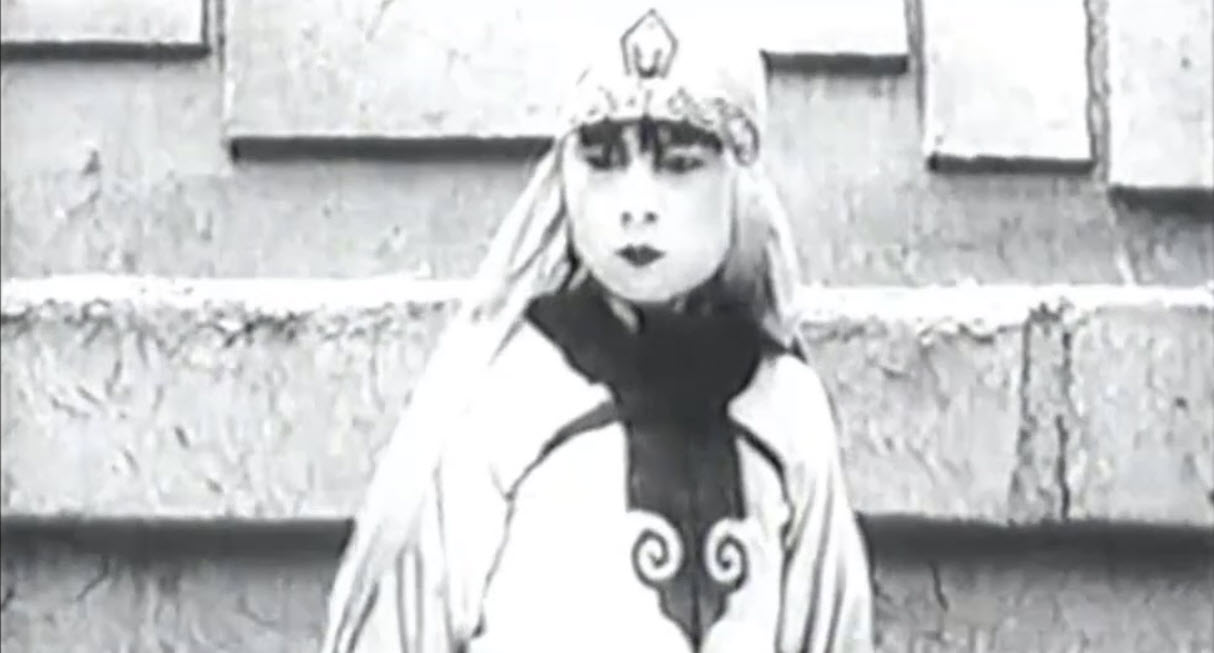The film:
Related Posts
Teaching Resources for Early Chinese Cinema
The Chinese Film Classics Project is a research, teaching, and translation initiative aimed at making early Chinese cinema more accessible to the general public
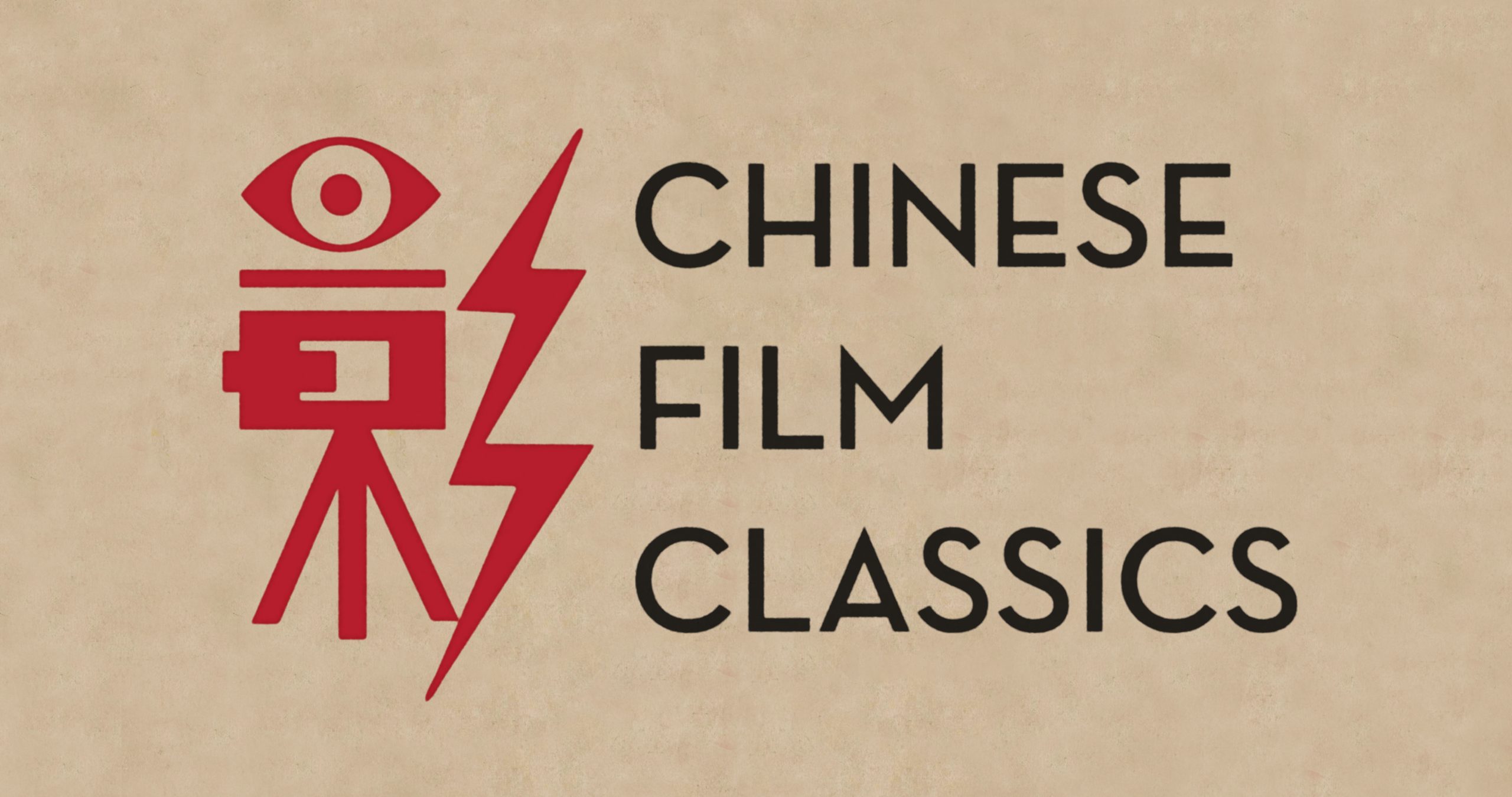
Special Effects
Special effects were common in early Chinese cinema, especially in comedies and martial arts (wuxia) films of the 1920s
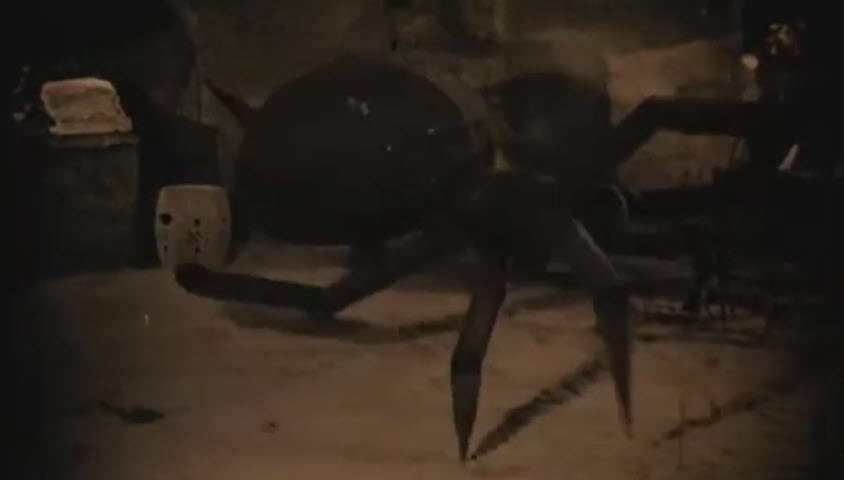
Animation and Cartoons 卡通與漫畫
Early Chinese cinema included both animated films and live-action films with animated and illustrated sequences
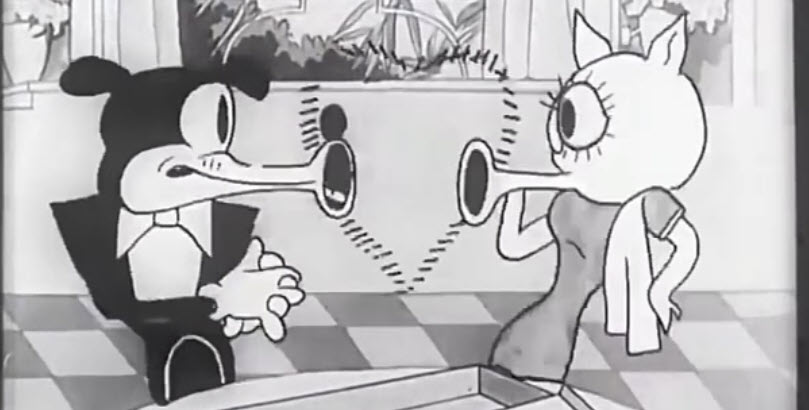
Chinese Film Classics, 1922-1929 (2021), by Christopher Rea
An essential guide to the first golden age of Chinese cinema, offering detailed introductions to fourteen films.
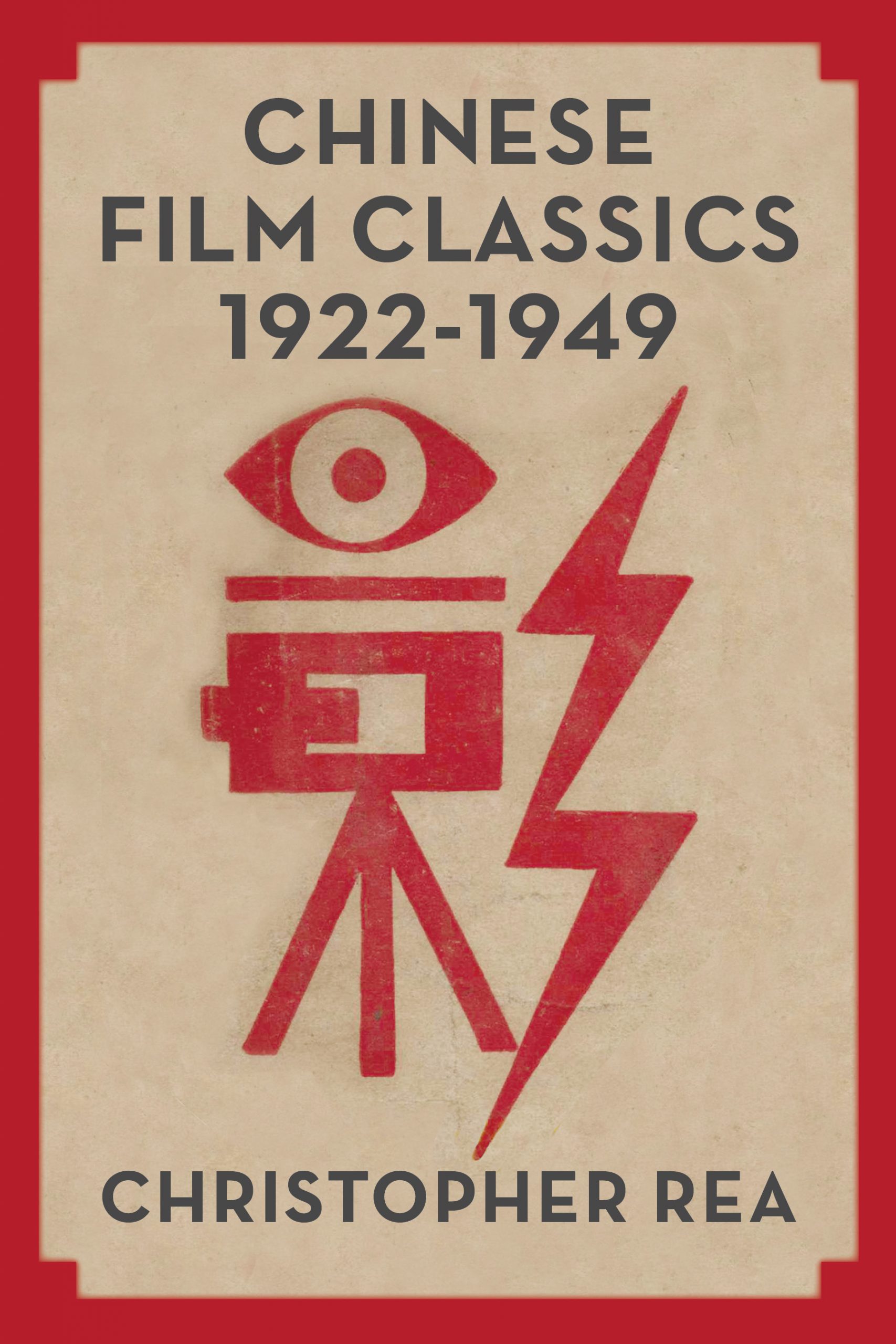
Chinese Martial Arts Cinema, 2nd ed (2015), by Stephen Teo
Chinese Martial Arts Cinema: The Wuxia Tradition (2nd edition) Stephen Teo Edinburgh University Press 272 pages, 2015 ISBN: 9781474400084 Publisher website: https://edinburghuniversitypress.com/book-chinese-martial-arts-cinema.html Publisher’s description: Traces the development of contemporary martial arts cinema in China This updated edition is a comprehensive, fully researched account of the historical and contemporary development of the traditional martial arts genre […]
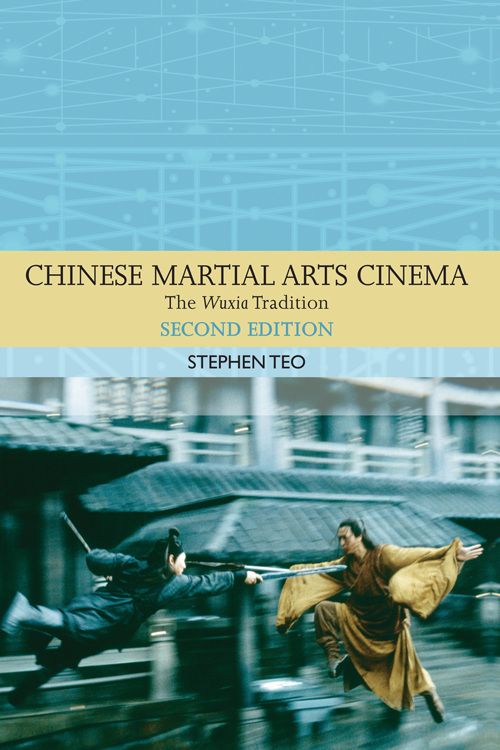
Fiery Cinema (2015), by Weihong Bao
What was cinema in modern China? It was, this book tells us, a dynamic entity, not strictly tied to one media technology, one mode of operation, or one system of aesthetic code. It was, in Weihong Bao’s term, an affective medium, a distinct notion of the medium as mediating environment with the power to stir passions, frame perception, and mold experience.
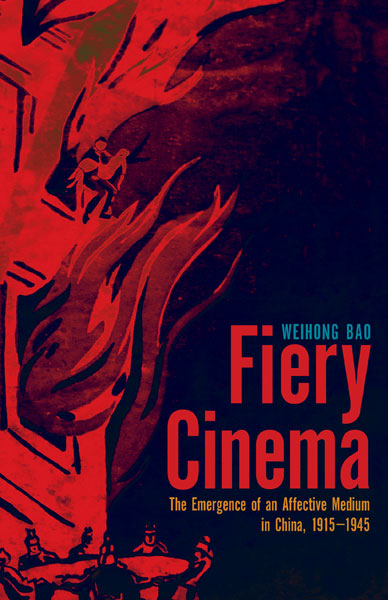
Between Shanghai and Hong Kong (2003), by Poshek Fu
Based on meticulous archival research and a repository of rare films, most of which were believed lost, this book is a pioneering critical study of the Chinese cinemas in Hong Kong and Shanghai and their complex interconnections.
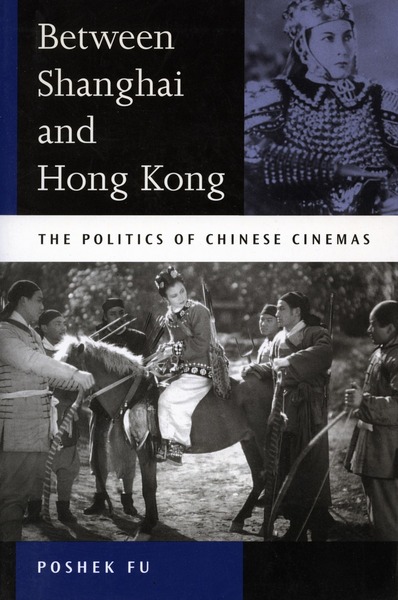
Song at Midnight 夜半歌聲 (1937)
Phantom of the Opera and Nosferatu meet underground revolutionary history in China's first horror-musical.

Woman Warrior of the Wild River 6 荒江女俠 第六集 (1930)
A woman warrior saves a child carried away by a bird and battles bandits in this wuxia adventure film
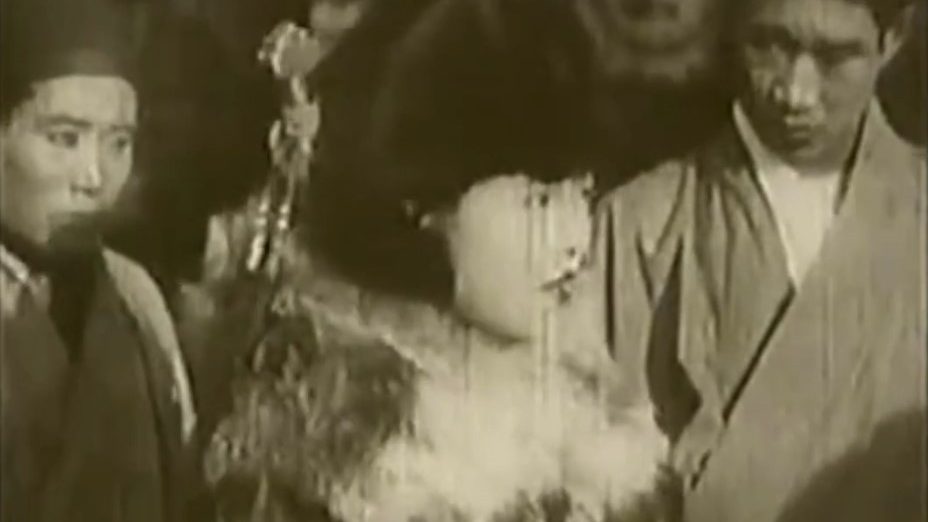
Woman Warrior White Rose 女俠白玫瑰 (1929)
In this partially-extant silent action film, a female athlete becomes a swashbuckling hero and saves the family herding ground from a gang who plans to sell it to foreigners
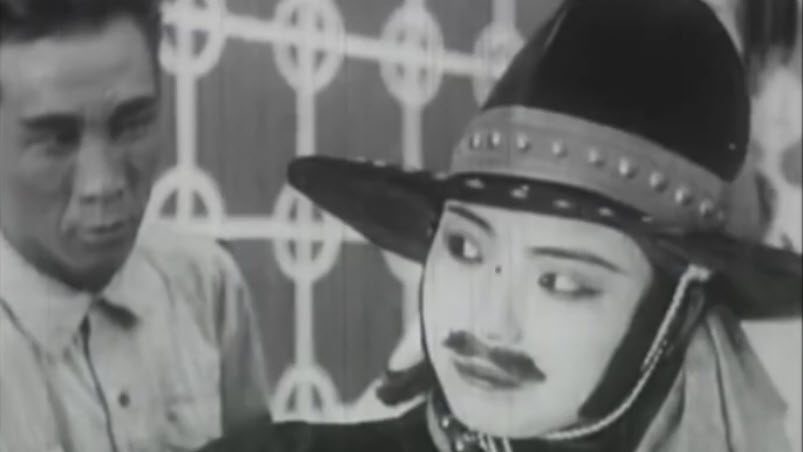
Red Heroine 紅俠 (1929)
A poor young woman trains in magic martial arts and revenges her father and her village in this silent wuxia film.
